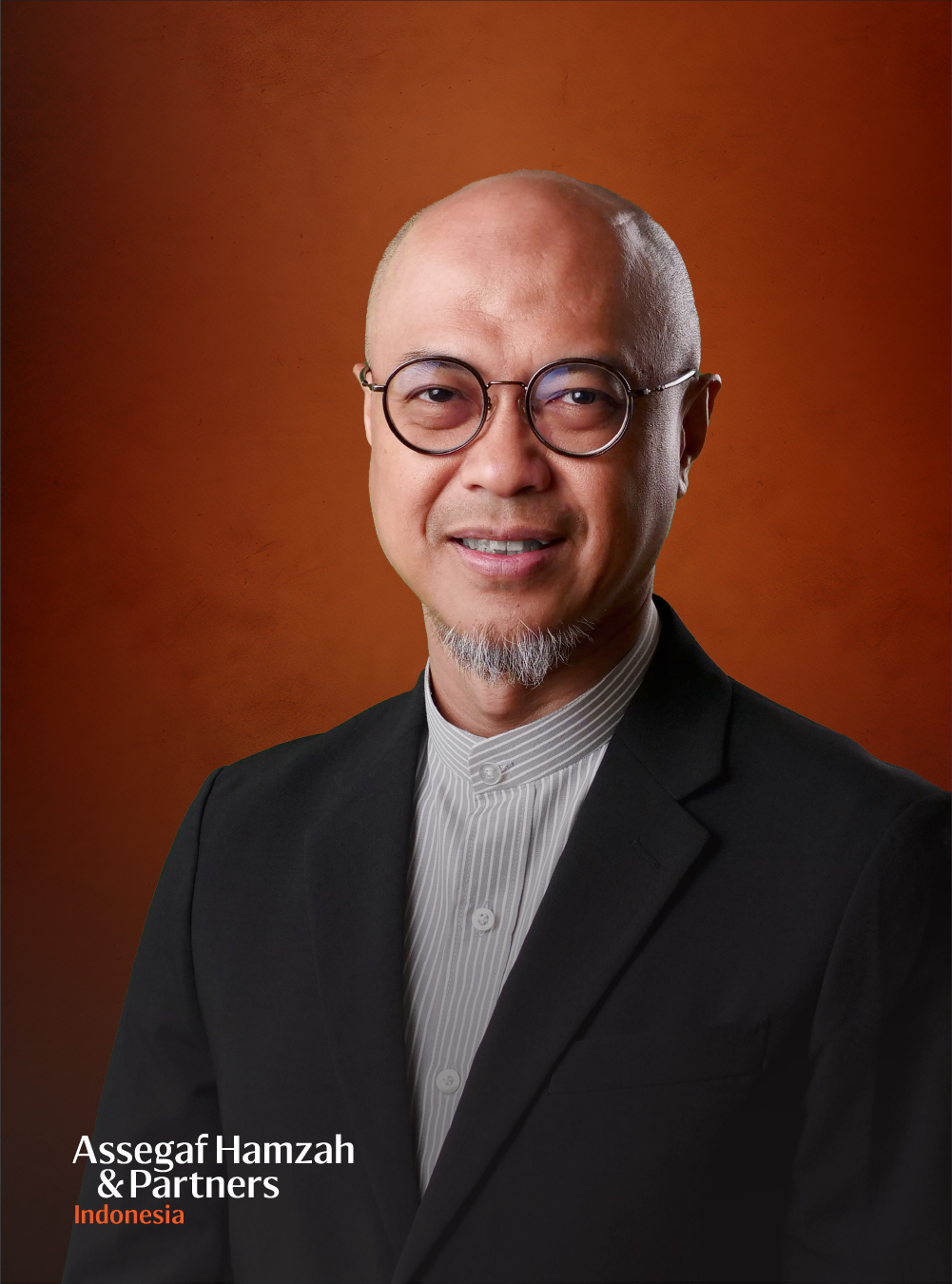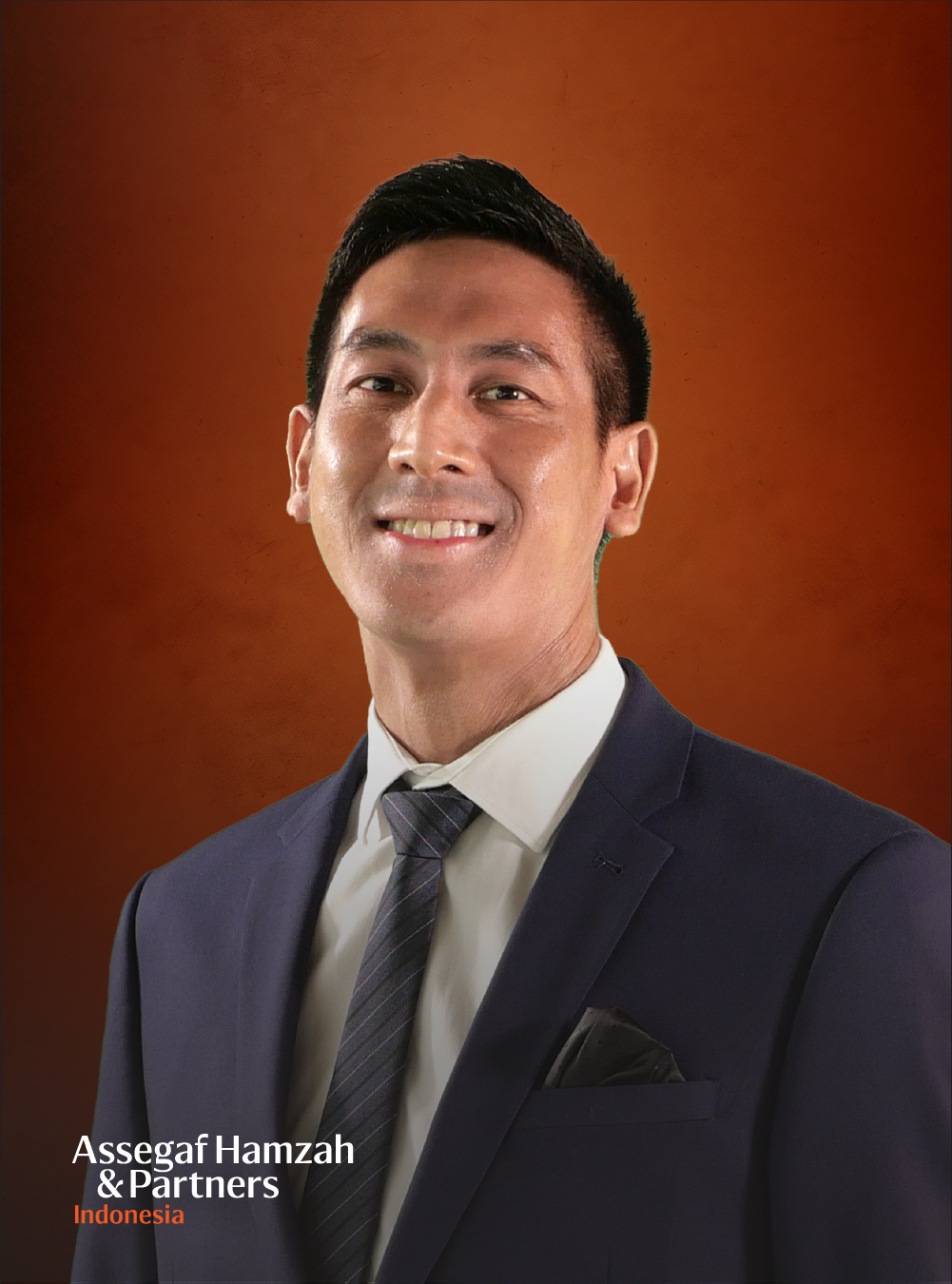Constitutional Court’s Decision Defines Broadcasting in the Digital Age
In a recent case, the Constitutional Court took a stand and rejected a judicial review petition filed by several TV giants that internet-based broadcasting (also known as over-the-top (“OTT“) broadcasting) should fall within the scope of the Broadcasting Law (Law No. 32 of 2002). The Court’s rejection means that the government may enact a new regulation specifically to regulate OTT broadcasting.
The petition was filed by the first private free-to-air network in Indonesia, PT Rajawali Citra Televisi Indonesia (RCTI), and its affiliate, PT Visi Citra Mitra Mulia (iNews TV) and they argued that the definition of “broadcasting” under the Broadcasting Law should be interpreted to include internet-based broadcasting by OTT platforms and service providers. Their argument is based on a circular letter issued by the Minister of Communication and Informatics in 2016, which obliged OTT content and service providers to comply with the law in the broadcasting sector. The petitioners also argue that by having OTT content and service providers under the Broadcasting Law, it will ensure an equal playing field for traditional broadcasting media and up-and-coming media providers.
Below we discuss several key elements of the decision.
Broadcasting According to the Court
In rejecting the petition, the Court elaborated and reaffirmed the definition and boundaries of what constitutes broadcasting under the Broadcasting Law. The Court stated that there are three components of broadcasting under the law, namely: (1) a transmission activity (pemancarluasan); (2) utilisation of radio frequency through air, cable, and/or other media; and (3) the simultaneous receipt by the public through a receiving device (which are restricted to those that are explicitly mentioned in the Broadcasting Law, namely TV and radio). These three components are inseparable and consequently, an activity can only be deemed as broadcasting if it fulfils all three components.
The Court declares that the words “other media” in the second component does not refer to the transmission or distribution of broadcasting via the Internet, but rather refers to satellite communication. Further, the Court emphasises the “simultaneous receipt” aspect, in that the schedule of a broadcasting is determined by the broadcaster and the public has no say in determining the schedule or content of what is being broadcasted. In that sense, broadcasting is a “push” service to audience in every direction, simultaneously, and at the same time. This is unlike OTT services, which can be accessed whenever according to the user’s will.
Why is Video Streaming not Broadcasting?
Besides reinforcing the boundaries of broadcasting, the Court elucidated why OTT services should not be considered as broadcasting. First, the Court determines that OTT services are a “pull” service because any computer connected to the Internet can transmit, send, and/or receive or essentially “pull” the content at any time. In addition, an individual who uses the services of an OTT services provider can choose the content that he wants to watch, determines when he wants to watch it and for how long, and even repeatedly access the same content.
The Court also referred to the Electronic Transaction and Information Law (Law No. 11 of 2008, as amended by Law No. 19 of 2016) that explicitly states OTT services as part of the cyberspace, meaning that its distribution is not restricted by territories. OTT services are provided over the telecommunication network and using internet protocol. Contents distributed via OTT services can be accessed anywhere as long as the users are connected to the Internet and their devices met certain technical standards. Further, OTT services often provide other features besides audio and video content, such as comment and chat, financial transactions, and games.
Lastly, the Court focused on the exclusivity of OTT services. These services are only accessible to its users, who may have to pay a subscription fee, on top of the fee that they pay for internet subscription.
As a result, the Court was of the view that the petitioners’ request to expand the definition of broadcasting would fundamentally alter the meaning of broadcasting and the substance of the Broadcasting Law, and potentially creates confusion and legal uncertainty.
Discrimination towards Traditional Media?
As alluded above, the petitioners argued that excluding OTT services from broadcasting discriminates the traditional media as they are subject to more stringent requirements under the Broadcasting Law. Here, the Court pointed at the stark differences in the characteristics mentioned above of traditional media versus OTT services. Further, the Court’s finding reaffirmed the widely held view of OTT services stakeholders that OTT services are not subject to, among others, the broadcasting licensing regime, guidelines on broadcasting material and language, broadcasting code of conduct, and supervision by the Indonesian Broadcasting Commission (Komisi Penyiaran Indonesia or KPI), including censorship and subtitle requirements.
Although unsurprising, this Constitutional Court’s decision, is a relief, to say the least. OTT services stakeholders can now be certain that individuals and business entities engaging in OTT services will not be required to obtain a broadcasting license from the government. Also, the public no longer has to fear that the freedom to use broadcasting or streaming feature on social media would be restricted.
Looking Ahead
Based on our examination of the decision, we note that experts from the government’s side disclosed the government’s plan to issue a definitive regulation to specifically govern OTT services. This is not a new plan as the 2016 circular letter itself was issued to provide understanding to OTT service providers and telecommunication operators so that they can internally prepare themselves to comply with the regulation governing OTT services, which is being prepared by the Ministry of Communication and Informatics.
While the government remains committed to issuing a specific OTT services regulation, it is still in the process of determining the most appropriate type of regulation. It is yet to be seen how this decision will influence the government’s stance in preparing the OTT services regulation, but we are hopeful that the government will maintain its consistency on the matter and will urgently address the gap in the regulation.
Contacts

Zacky Zainal Husein |

Muhammad Iqsan Sirie |
Derry Patra Dewa also contributed to this alert.

